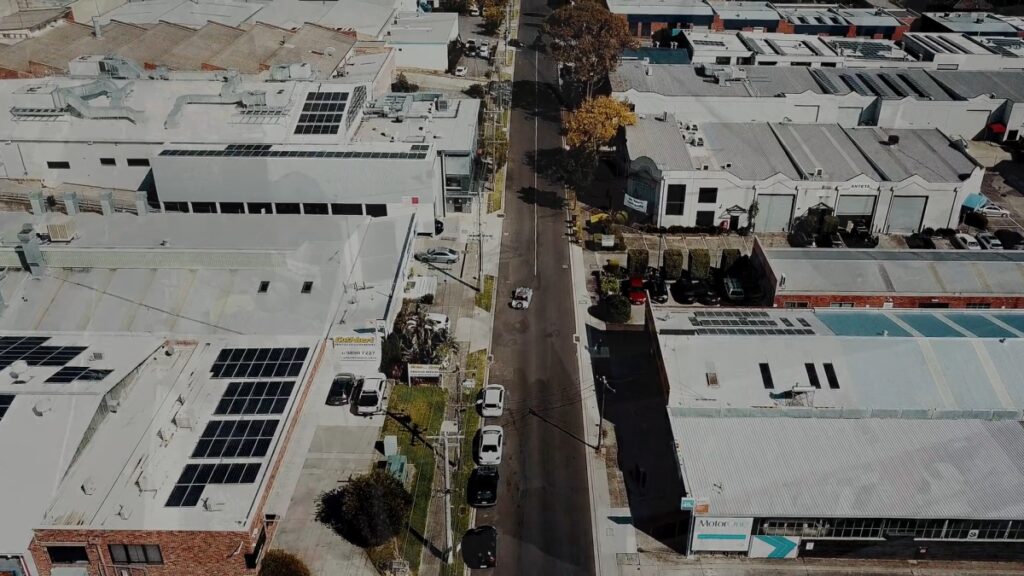Your Business Angels have been working with SMEs for over 28 years. There is only one problem that establishes businesses or those who have started the initial start-up face: debt that they cannot repay while operating a profitable and somewhat decent business.
For many businesses taming debt has been part of running the business.
You can read this document, it starts with all the issues and problems you face, and I want to get them out of the way, but then let’s go on to some solutions because that’s what Your Business Angels is about.
A business owner, who knows the debt problems, faces the debt problems and is honest about the debt problems. It is easier to dig them out of this debt and give them their business, cash flow, and future back to them.
So read on.
Debt to creditors means you can’t change lanes.
Staying ahead of creditors, doing business and paying off old debt as you go can relieve the fact that you may owe several creditors a large amount of money. It usually means continuing to buy the goods and services from them even though you may have an opportunity to use a better value supplier or change markets so you no longer need them.
Your balance with them can fall apart when you change markets or supplies because someone else is offering you a better deal and they become robust and chase you for payment. Often means that you can’t take up a better deal for services and supplies, and maybe you can’t change markets because you’re stuck in the markets that your debt with creditors keeps you on.
Most creditors these days have a personal guarantee; that’s the bit you didn’t read when you signed the credit application.
Debt to the ATO can be managed for a while until they become robust.
How good was Covid, and how good was post-Covid in avoiding paying your tax debt?
It was a period where large amounts of rainforest were sacrificed to make the paper for the ATO to send you endless letters about your debt, and could you kindly please pay it? Many business owners became numb to these letters, to be placed in the corner or deleted when the accountant (like us) sent copies of them through with a kindly reminder that it would all turn to tears one day.
And, of course, missed superannuation payments were also on the list until the single-touch payroll turned up.
Of course, the ATO sends out DPNs randomly, threatening to wreck your credit rating if you don’t cut a deal and, unless well-managed, create repayment schedules that will suck the cash out of any business. If you are called out on a superannuation audit, the interest and expenses charged to you are more than eye-watering.
Debt on business loans and your debts.
Covid had that apocalyptic feel about it.
Go out and buy everything, spend everything, and get to know all the online shops selling. God knows what and spend, spend, spend.
Of course, there are also the redraw facilities that you used to prop the business up, and Banks gave you loans that could look like business loans but were effect mortgages under a different name.
Banks being clever, of course, now have your guarantees and your properties as security. This will be one of the first repayments on your bank account every month, and with your drawings or salary, you cover your bank debts religiously. But religiously, this must be paid, and it’s paid through a need to profit from your business or not pay someone else – see above.
Debt with the toe cutters
These are those easy-to-get, insanely high-interest loans from lenders who are well down the food chain of morality.
They have peaches and cream websites promising you money overnight so that you can, like a junkie, get your fix and pay that impending debt of doom hanging over your head.
What has happened now – they become your impending debt of doom with interest rates; if you get a pen and paper out and calculate correctly, they are over 30%, which sucks your cash flow every month. When we look at balance sheets and try to find a solution, these are the debts and say, “oh my God, they’ve got one of those loans”.
We call these lenders toe cutters because their rates are equal to or higher than borrowing money from a biker gang. A biker gang has a more robust collection policy that may involve your toes.
These debts have a personal guarantee from you and must be factored into any plan to deal with your debts. Often when we plan for a business to recover, these debts are like the pieces of shrapnel left and a wounded warrior because there is no way of getting them out soon. Whenever an established client at Your Business Angels takes out one of these loans, it breaks our hearts because we could have found an alternative.
Insolvency Firms – a quick word before we move on
As these debts mount up, using an insolvency firm is one way to correct your position, but remember you are only correcting your position if you are trading in a company and the debts are unsecured.
The unsecured debts are the debts you have with the ATO before they issue DPNs, and those DPNs expire and are unsecured creditors. Suppose you have secured creditors, for example. In that case, you go through administration and come out with a deal of $0.30 on the dollar; creditors who have their debts secured against your name will now tap you on the shoulder – or, more likely, their lawyer will tap you on the shoulder and asked for the money.
Many of them have already placed caveats on your property, so in some ways, you are strangled, being asked for money on the one hand and having your capital tied up on the other.
The other problem with working with insolvency firms is that they have administration, small-business restructure, liquidation, and bankruptcy. That’s the three tools they have, and in working with them for the last 28 years, the philosophy that comes with working with insolvency firms is “if the only tool you have is a hammer, then every problem looks like a nail”.
Out of these four options, we can build a composite number of solutions that save your business, protecting your cash flow while using the hammer and nail of an insolvency firm.
When faced with debt problems, many business owners imagine they can trade out.
This is a real option, but one must start with a plan before you have your significant creditors, the taxman now wanting to collect, and your bank unsettled and asking you to refinance somewhere else (which usually means going to the toe cutters)
The plan can’t be; tell them the same load of bollocks you told them last time.
We usually use a whole heap of tactics to get a business out of trouble. It’s not just a simple solution; some business owners think that getting the insolvency firm with the best deal is the answer, but then the insolvency firm can walk over you once you have signed the papers.
Other business owners phone us with the phrase “debt consolidation”. After nearly 30 years of running Your Business Angels, I’m unsure what that means. It means swapping one debt for another that might be a higher interest rate. Your finance can help, but it must be suitable for the right reasons. Borrowing more money doesn’t solve the problem; the problems in your business that created the debt haven’t been solved.
There is also a thought that if they increase sales, business owners think that will get them out of their problems. Increased sales in the wrong market can create more debt-grosses and expensive processes. However, a change in markets, focusing on more profitable services and products and an overall overhaul of the business is undoubtedly a key strategy.
The real change and getting rid of debt and the business starts with the owner. Will they change their spending culture, be prepared to make changes in their business (that may look like radical surgery) and be part of the change? An owner ready to make changes listens, works with Your Business Angels, and finds the process far more accessible than business owners who can’t change.
Start here
A grand starting point is to look at the business, take out all the cost of debts, and see what that business looks like.
a) If it didn’t have to catch up with creditors (the process of paying off old debt rather than current trading)
b) Catch up with the ATO – which includes large chunks of money paid after staying current with BAS.
c) Pay those dreadful payments every week or month to the toe cutters.
This is a starting point – if the business is profitable, or with restructuring and relief, change its market and perhaps rent to a profitable position (it’s not many businesses that we’ve advised to grow to a profitable position though that sometimes happens) then we have something to work with.
This calculated profitability when no debt is factored in; we can see or quickly reach the strategies and tactics to turn the business around.
We have reason to look at new finance options, negotiate with the ATO to fit in with the business’s known profit and cash flow and create better systems of managing cash within that business to prepare it for what comes next.
Only when we know the business and how it is running can we give you an assessment of what to do?
Only then do we talk about using an insolvency firm and one of its products to stump jump to the next position of the business?
It’s not worth going through any pain unless the accounts are up-to-date and we can assess what that business can do.
A recent case study – we have looked at a business in the construction industry that operates in a specific geographical and demographical area in Victoria. That means whatever they do, their local community will know about any action they take with an insolvency firm, as well the key suppliers who also work in that area will know and could black banning them from supply anyway.
Because their accounts were kept in pretty good shape, when they came to us, it was straightforward for us to do a quick analysis on what they should do – and our advice was to trade out, with all the risks that have when you owe your creditors and the ATO and you are on a knife edge. But any form of insolvency action would have pushed them off the edge, debts would have been called in, and they would lose their house and business, which wasn’t an option.
Further investigation into the business found they had considerable business book forward. With tight planning, piece by piece and constant negotiation with creditors and the ATO, we saw them through the bulk of their problems in the next 24 months.
When they called an insolvency firm, all they got was they needed to go into liquidation. No analysis and no other options because trading out, dealing with creditors and doing the tough stuff are not in insolvency firms’ nail bags (see previous metaphor)




